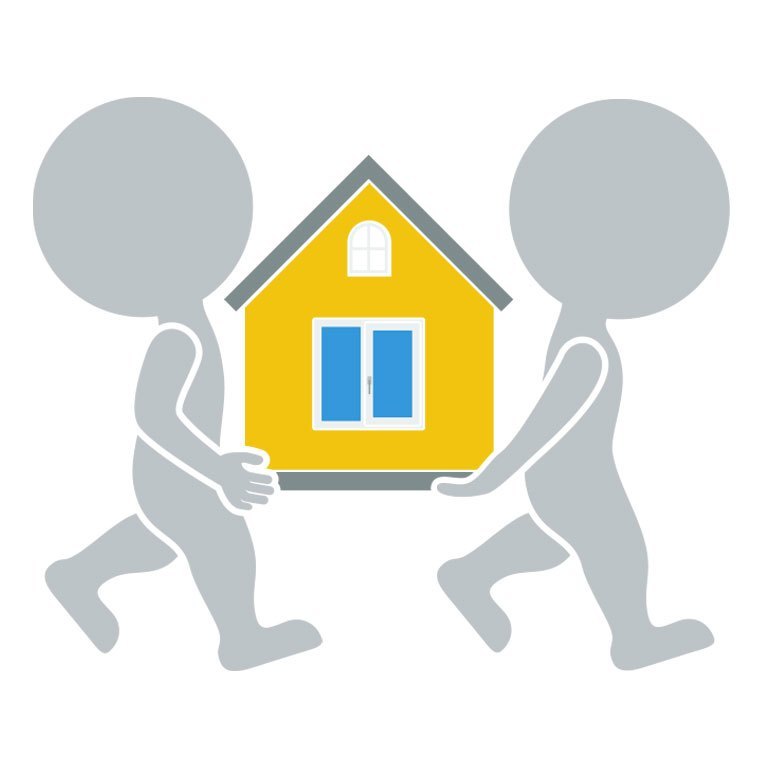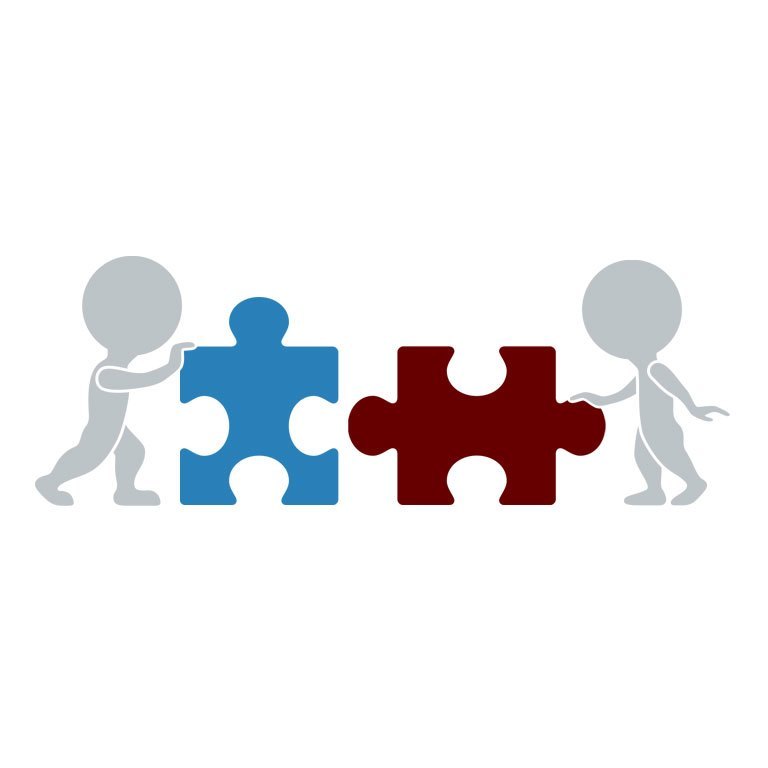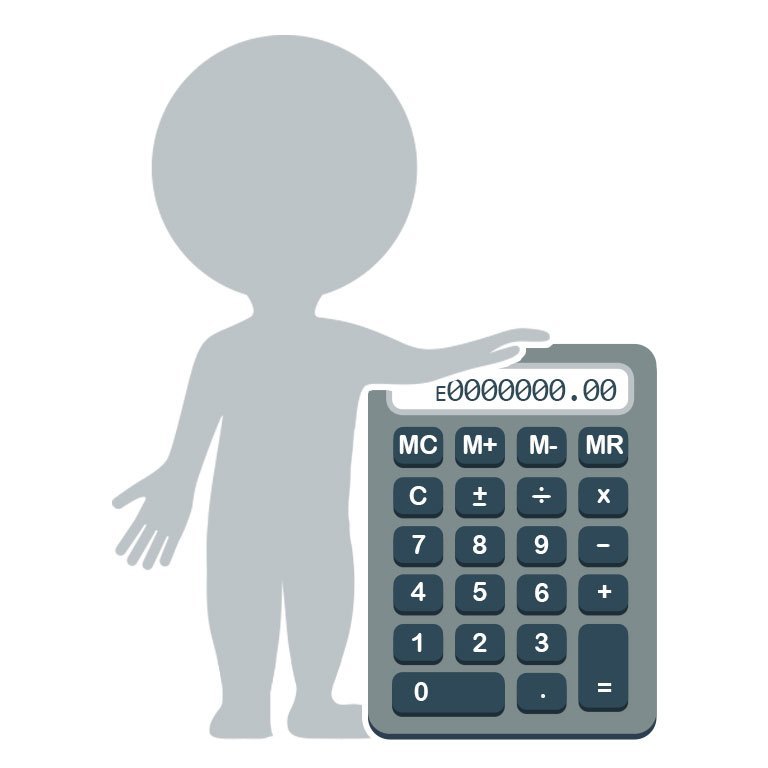The San Diego Symphony’s (SDS) New You marketing campaign is making the rounds for all the right reasons. It’s fairly straightforward: they put together a group of events to use as a starting point for new ticket buyers to consider for their first concert experience. But in the same way a Kickstarter campaign turns viral, it’s the promotional video that pushes it over the good/great threshold.
Pretty terrific, right?
Hopefully, they’ll share results from the campaign with the field. I also hope other organizations will realize there’s no shame in using the video for their own campaign.
You don’t need to reinvent the wheel, a near shot-for-shot remake is fine.
And if you do move in that direction, let’s take a Yes, and… approach and see where this can go:
1) Classical Music’s woes aren’t going to be solved by programming so resist the temptation to tell newbies what is or isn’t a good first concert.
One consistent theme through all several years of the Take A Friend To The Orchestra events here at Adaptistration was some sort of parable about how forcing new ticket buyers into repertoire pigeonholes backfired more often than not.
It’s no secret the field has spent several decades refining a desire to control the concert experience from a top-down perspective. While that produced some of the desired results, we found out the hard way why the “be careful what you wish for” adage exists. If you need more inspiration on how to successfully move in a healthier long-term position, read the following Take A Friend To The Orchestra contributions:
- TAFTO 2006 Contribution: Alex Shapiro
- TAFTO 2005 Contribution: Henry Fogel
- TAFTO 2011 Contribution: Sean Hickey
- TAFTO 2013 Contribution: Scott Silberstein
These all point to similar directions: use your new ticket buyer efforts to instill a sense of confidence in new concertgoers. Instead of making them feel bad about what they do or don’t like, encourage them to rely on their own interpretations.
Then actively solicit and listen to what they say.
I can’t think of a better example behind this approach to justifying the value of classical music than what violinist Holly Mulcahy is doing with her nonprofit, Arts Capacity, which brings live classical music to prisoners. Her programs use a collaborative element that turns a great deal of the programming over to the prisoners.
Case in point, after providing a wide range of options from core repertoire to new music, the prisoners identified, overwhelmingly, with music from living composers.
If you’re the type that likes empirical evidence, you’re in luck. Mulcahy’s been documenting the entire program since the very first event. Here are some articles that touch on this specific issue:
There’s nothing wrong with compiling a series of concerts to include in a special initiative, just like San Diego did, but you’ll need to have more than just programming, which brings us to the second point.
2) Include something about the broader concert experience.
The only thing that seemed to be missing from the SDS video was something about the actual concert experience.
I couldn’t hope to come up with a better idea than the creative minds that put together the SDS video did when connecting the value of new experiences (coffee, sushi, yoga) to a live classical music concert.
Having said that, there’s no denying the field as done a spectacular job at driving home the understanding that live classical music concerts have loads of rules. So much so, that they often become off-putting to a new concertgoer.
What I was expecting to find on the SDS campaign page was information that touches on each of what marketers call conversion hurdles, such as what to wear and when to clap.
If you’re looking for the best possible approach that connects with building confidence and establishing ease among new concertgoers, be sure to read the following posts, both written by Holly Mulcahy:
Both posts are bonified viral hits and garner as much traffic now as when they were originally published. I’ve seen several orchestras republish the What to Wear guide, in full or excerpted, on their websites (with proper attribution) so you’ll know you’re in good company if you opt for the same direction. Compared to anything related to modifying the video, this content is easily inserted into a campaign’s Landing Page so there are no good excuses for leaving it out
I’ll end with one final pointer on this topic written by Nashville Symphony Orchestra CEO Alan Valentine as his contribution to the 2009 Take A Friend To The Orchestra event:
Perhaps the biggest problem with classical music is that many people have a stereotypical notion of what a concert is going to be like: It will be well-behaved. It will be predictable. It will be boring. No wonder: How many orchestras out there think that the way to expand their audience is to program a season of greatest hits?
Once again, kudos to the San Diego Symphony and everyone that worked on their New You campaign. The field owes you a much-deserved round of applause.
I sincerely hope it gets picked up by dozens of additional orchestras and we see a flood of promotional videos within the next year.


